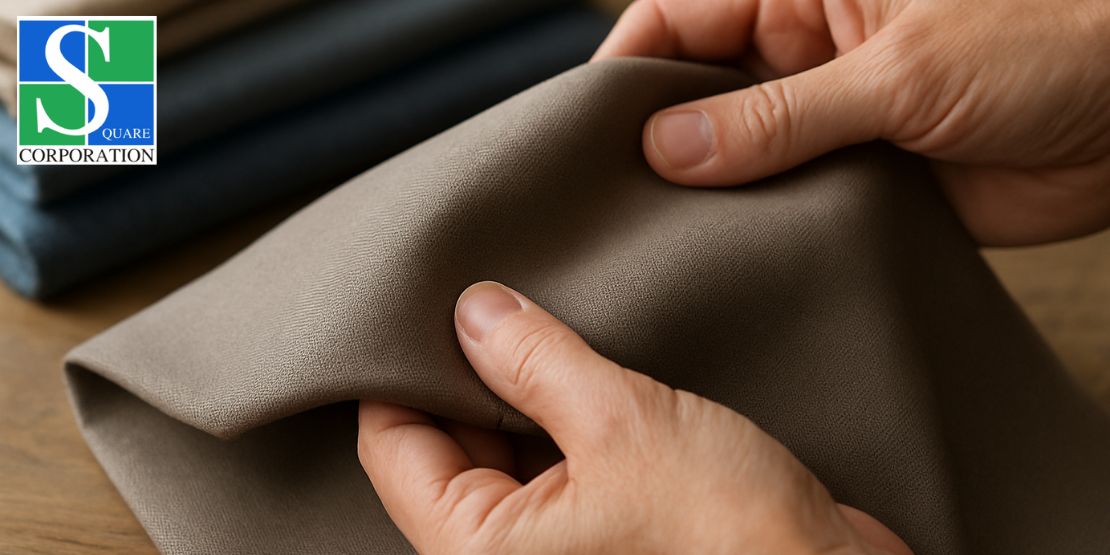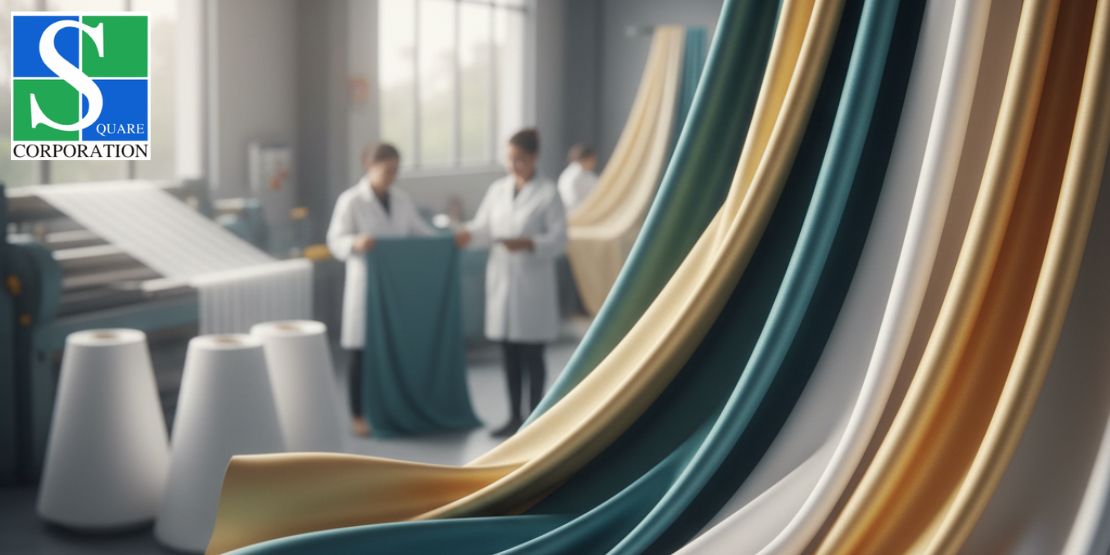30 November, 2025 | by Admin
How to Identify Quality Fabric by Touch and Sight
25 September, 2025 | by Admin
Choosing fine quality material is more than looks; it is about durability, comfort, and worth. In dress, furniture, or crafting, the look and feel of the material when you actually take a close look at it is often a better indicator of quality than label marks of fiber content or thread count. By availing the services of the finest Yarn Agency in India, you can buy quality material with no problem.
By practice in touch and sight, you can examine safely the significant qualities of texture, weight, weave, and finish. Good material is always even to the touch, heavy, and even in its smoothness, with no looseness or irregularities. To the eye, you will see well-woven or well-knitted material, deep color, and a minimum of transparency—unless intended to be different. By practice, it’s easy to pick out fine materials from poor ones by sight and touch.
Various Ways to Identify the Quality of the Fabric
Identifying high-quality fabric is essential for fashion and interior design. Quality fabric looks better, lasts longer, feels more comfortable, and performs better. While labels offer some information, your senses can reveal more about true quality.
Feel the weight and density
High-quality fabrics frequently possess a denser and more substantial feel due to their intricate, tightly woven structures. This very specific build not only gives a feeling of luxury but also strengthens the material and makes it proof against the wastage brought about by wear and tear. A more compact weave normally yields a longer-lasting fabric, durable enough to resist the vagaries of usage and the ravages of time. When you buy cotton cloth from the finest organic cotton manufacturers in India, you also need to check its weight and thickness to confirm its authenticity.
Test the stretch and recovery
Work the material in smoothly, ensuring that it holds its original shape and inbuilt elasticity, without sag or distortion. Good fabric reacts to a smooth spring, holding its three-dimensional shape even when subjected to significant tension. Poor-quality materials droop and lose shape, showing a weakness and looking as though they are unstable, unraveled.
Check for opacity
Fold the material over a source of light and examine it up close for its characteristics. Fine fabrics have a sort of depth to them, letting only a pale passage of light through—unless they’re meant to be deliberately sheer, naturally. Conversely, very thin or transparent fabric can be a recipe for fast wear and tear, which undercuts its durability and general allure. When you are purchasing linen from reputed linen manufacturers in India, you have to test for the opacity so your investment pays off.
Test the print and color
Vibrant, even coloration with fine, crisp prints are hallmark traits of excellent dyeing and printing technology. Anything other than a lackluster, patchy, or mottled appearance of the colors, however, would signify bad colorfastness or bad finishing of the fabric. Such faults may detract from the beauty and wearability of the fabric, reducing its overall quality.
Conclusion
It will take a bit of practice to become accustomed to good fabric by eye and touch, but second nature in no time at all. While observing the texture of the fabric, how heavy it is, how it is kept together, and how balanced it seems, you will be able to make immediate decisions whether the material is durable or delicate. This touch approach not only helps you make better shopping, but also ensures that you eventually meet your comfort, long -term durability and fashion demands.
Related Posts
25 November, 2025 | by Admin
Common Misunderstandings About Eco-Friendly Fashion...
20 November, 2025 | by Admin







